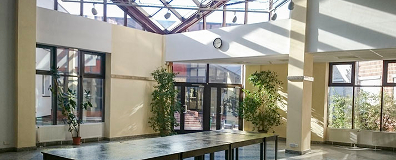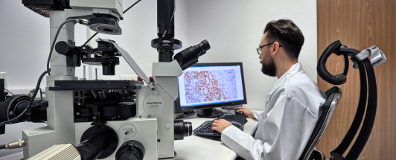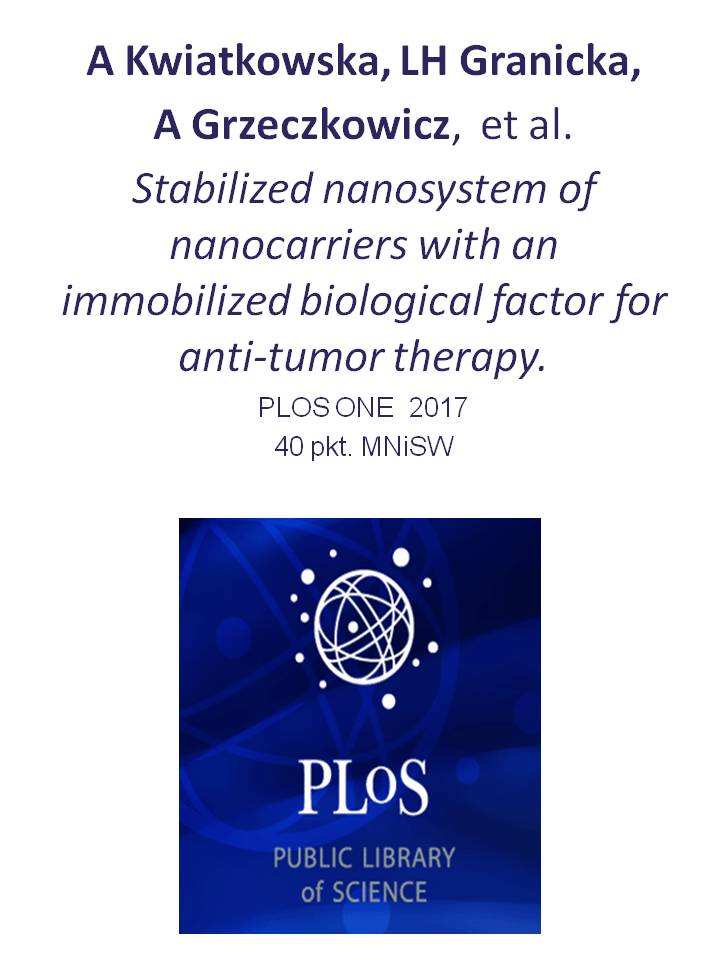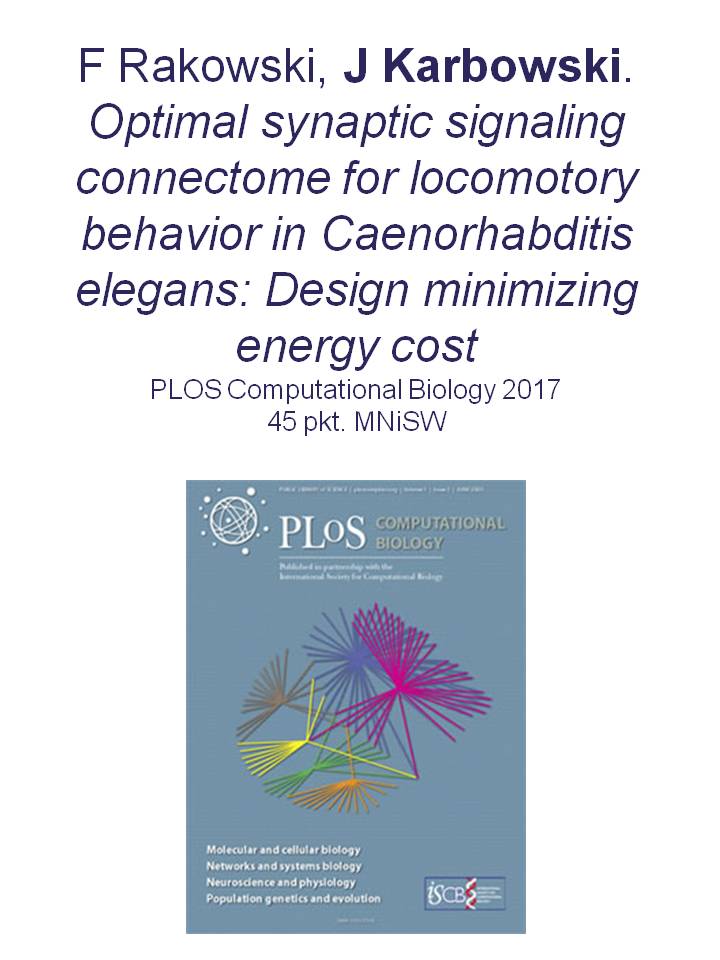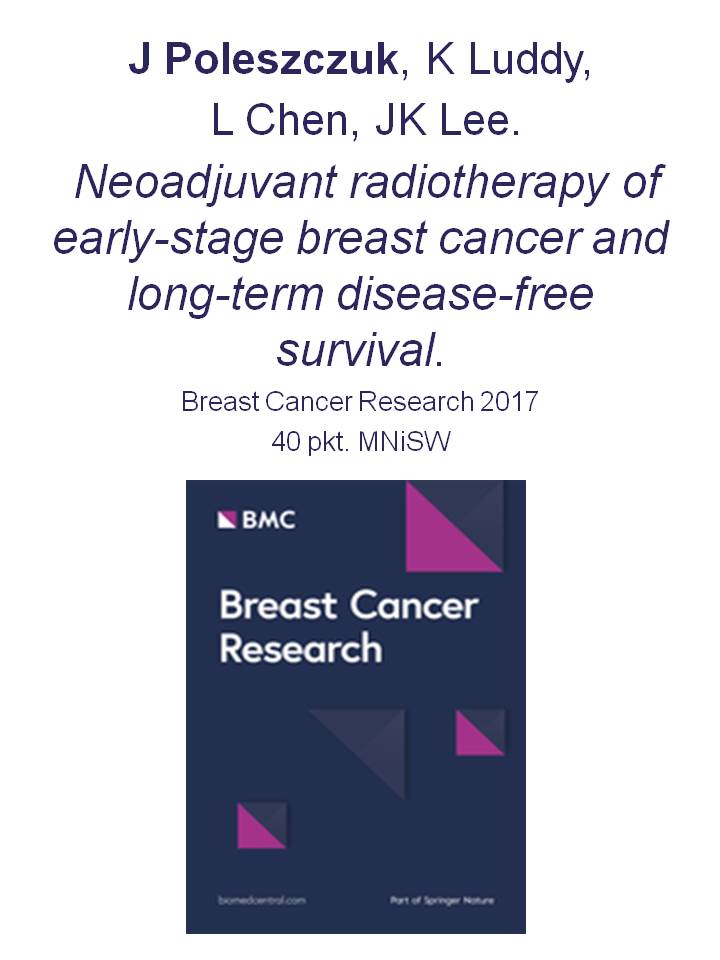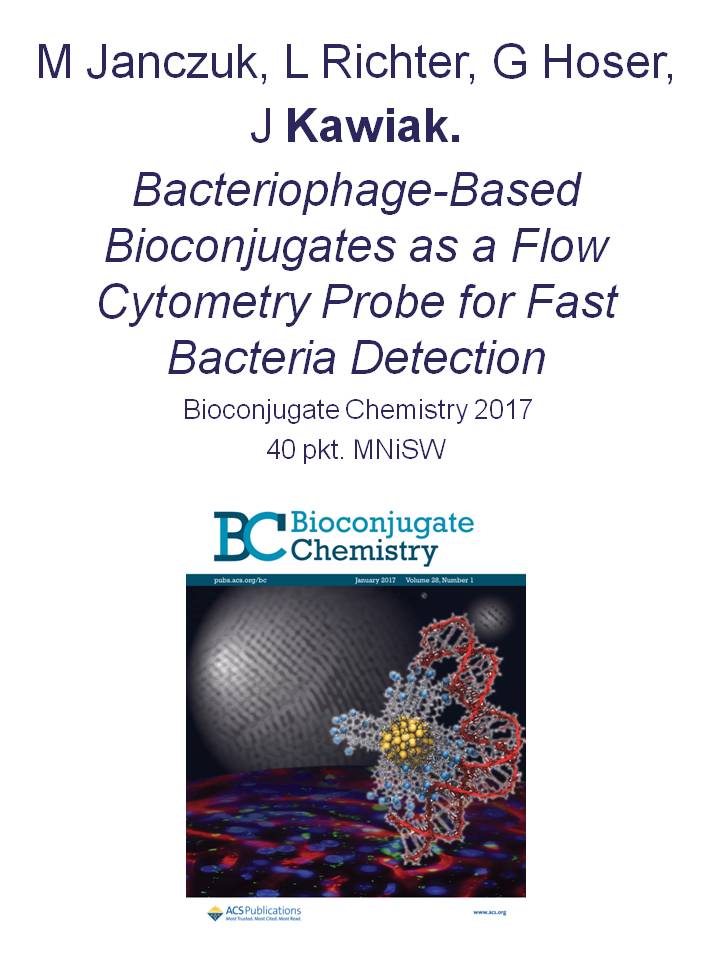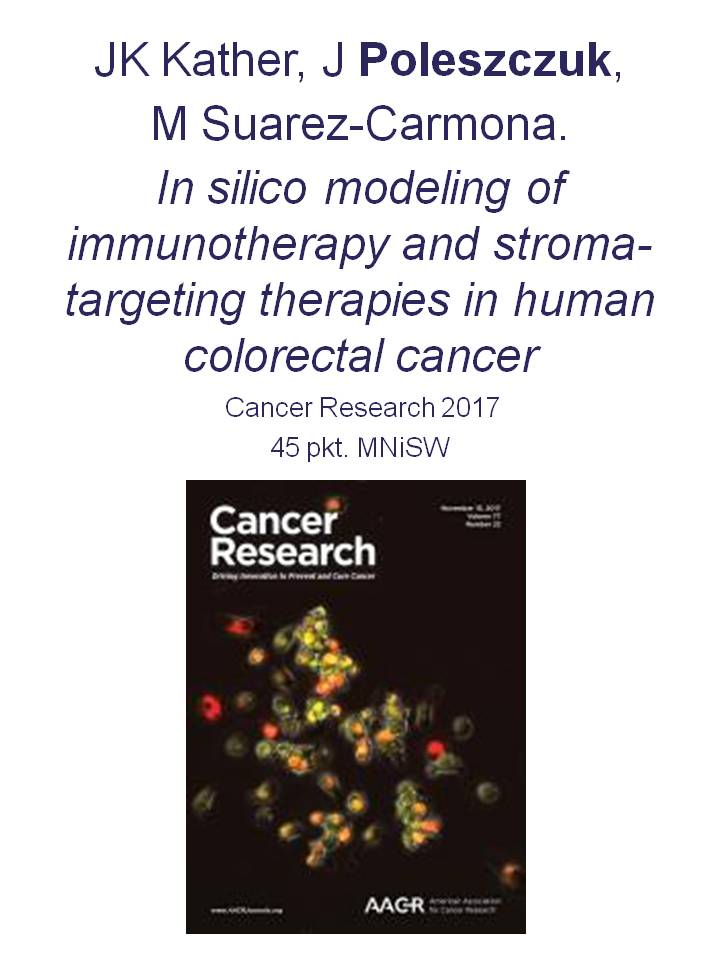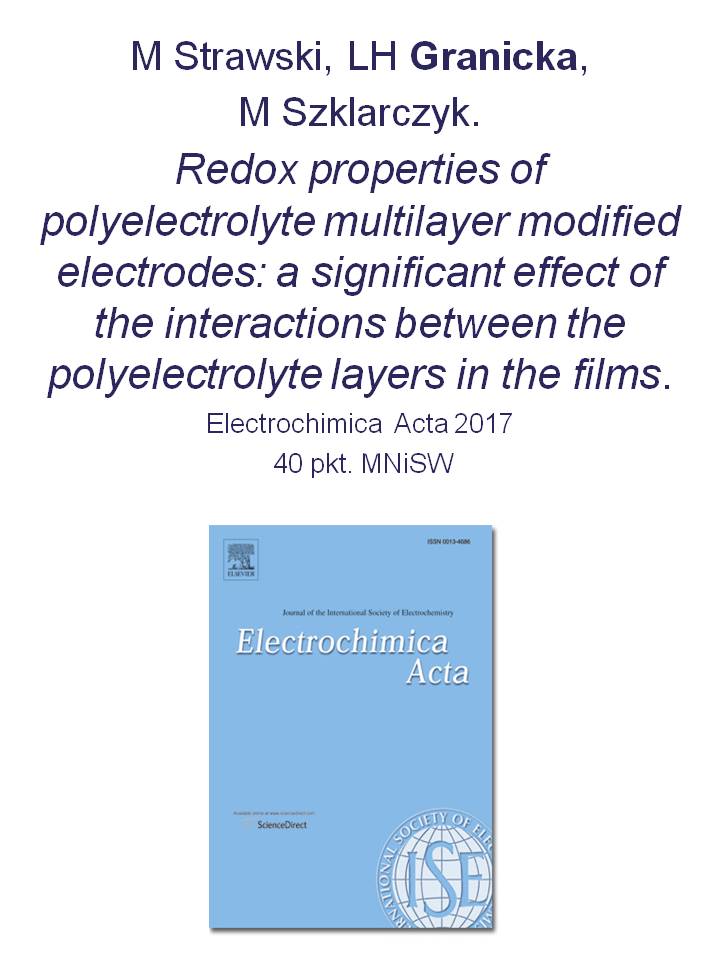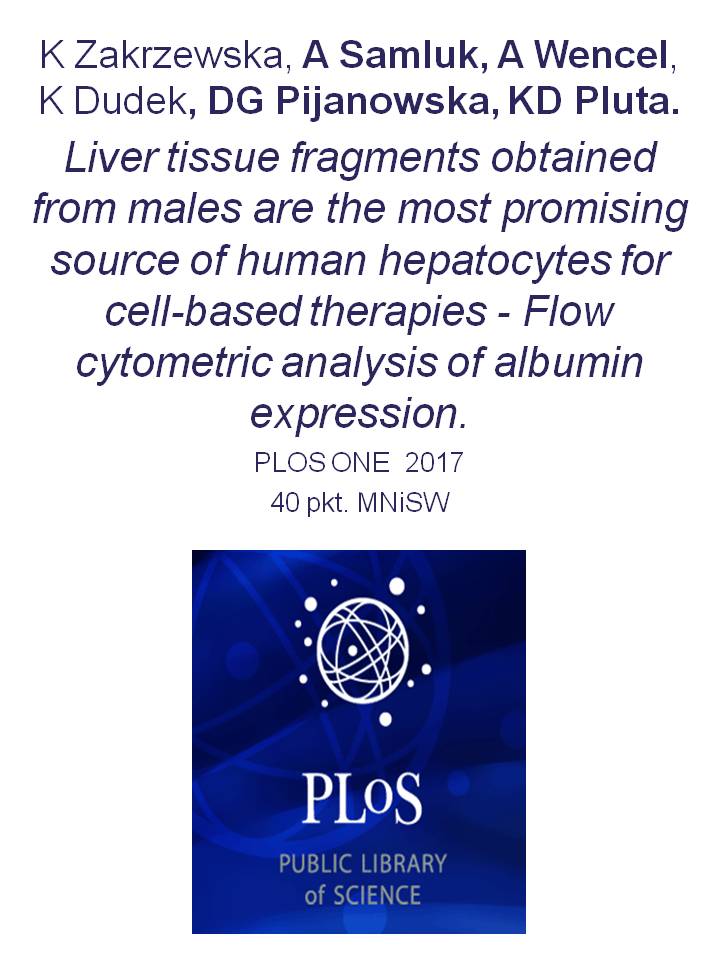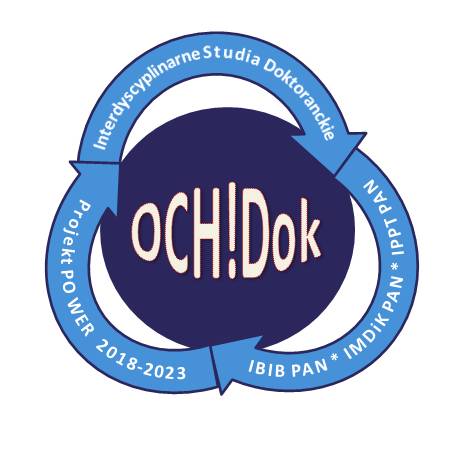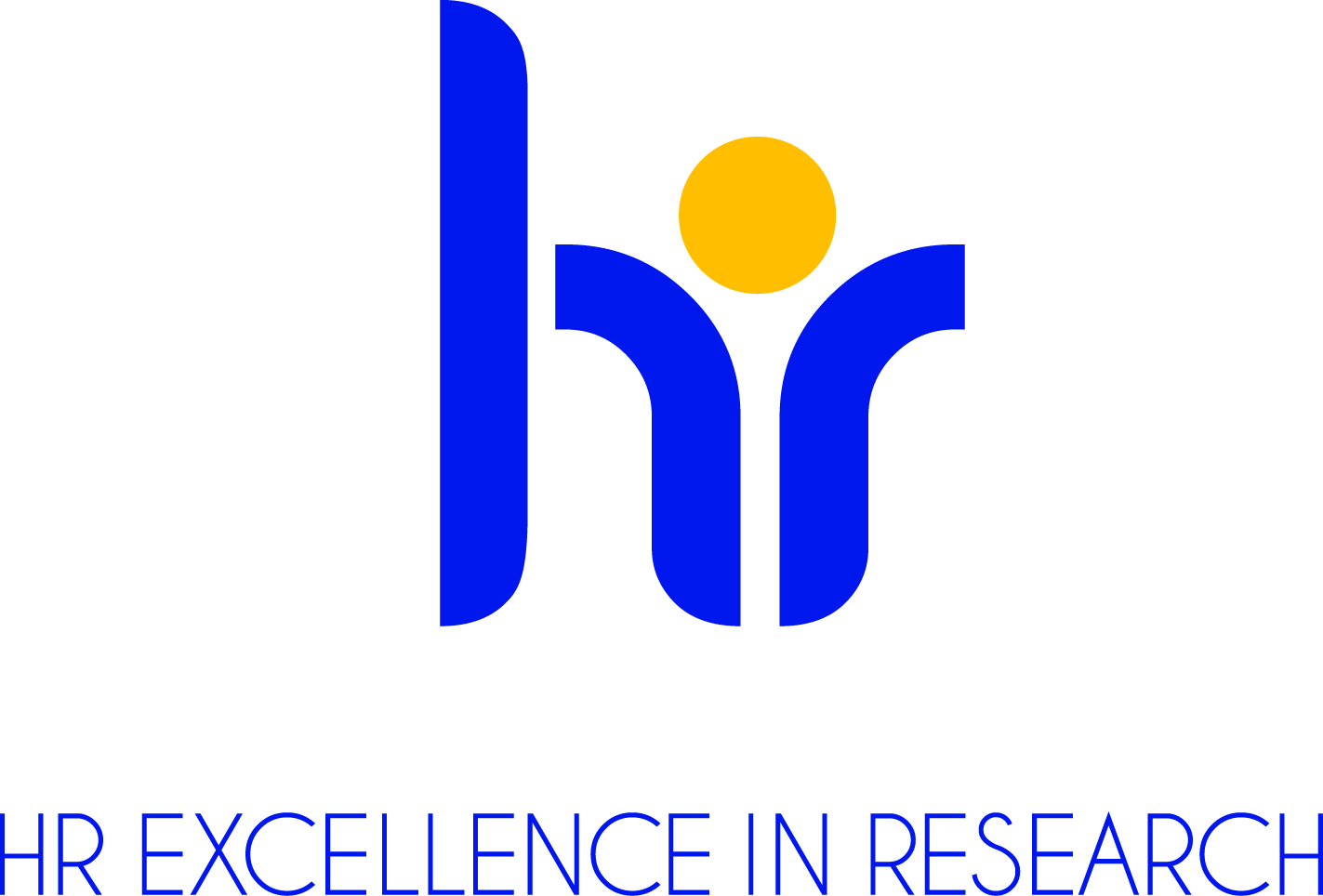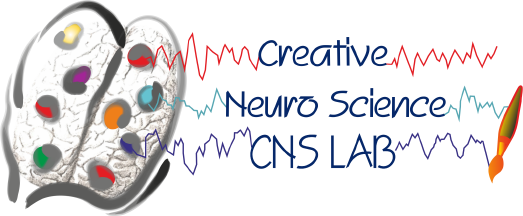Laboratory for Diagnostics and Therapy of Cardiovascular-Respiratory System
Krzysztof Zieliński, PhD Eng. – Head of the Lab
Prof. Marek Darowski, PhD, DSc Eng.
Assoc. Prof. Tomasz Gólczewski, PhD, DSc Eng.
Krystyna Górczyńska, PhD Eng. [0.5 employed]
Maciej Kozarski, PhD Eng. [0.5 employed]
Marcin Michnikowski, PhD Eng.
Krzysztof Jakub Pałko, PhD Eng.
Barbara Stankiewicz, PhD
Piotr Okrzeja, MSc Eng.
Raman Pasledni, MSc Eng.
Anna Stecka, MSc Eng.
Łukasz Kozarski [0.5 employed]
Current research activities:
The general purpose of the Laboratory activities is to support respiratory and cardiovascular medicine by means of:
- mathematical analyses,
- mathematical and computer models,
- physical model and hybrid (physical-computer) models.
as well as design, construction and testing (also by means of models) of new medical equipments.
The main topics:
I. Development of a virtual cardio-respiratory patient, i.e. a set of mutually cooperating computer models of the respiratory and cardiovascular systems.
Recently, we concentrate our work on analysis and interpretation of interpersonal differences in reactions to pleural fluid withdrawal (thoracentesis). We have observed a great variety of pleural pressure changes during fluid withdrawal: from almost no changes in the mean pressure and the amplitude of pressure alteration caused by breathing to significant fall of the pressure and/or increase of the amplitude. To interpret this variety, we have modified our virtual patient to make it possible to simulate theoracentesis to analyze influence of various parameters of the respiratory system (and, in the future, parameters of the circulation as well as gas exchange and transport) on changes of the pressure and amplitude.
Other recent works related to computer modeling are associated with the following facts: (a) cardiovascular diseases have been one of the three leading causes of death for many years; (b) now, COPD (chronic obstructive lung disease) become the third leading cause of death, especially in such countries as Poland; (c) comorbidity of those diseases become frequent phenomenon (because of ageing of the society and/or the common cause that is smoking, for example); (d) coexistence of heart failure and COPD causes problems in evidence interpretation of symptoms. The above has been one of the reasons for development of an interface that makes it possible to joint our virtual pneumonological patient (i.e. a set of mutually cooperated models of the respiratory system, pulmonary circulation, and gas transport in those systems) with various models of the heart and systemic circulation. To enable other specialists in cardiovascular system modeling to use our comprehensive models related to lungs, we elaborated those models as a web application (http://virrespir.ibib.waw.pl/) and the end user can joint own cardiovascular model with our virtual patient.
II. Development of hybrid (physical-computer) models and medical devices devoted to resolving problems arising when human circulatory and respiratory systems are mechanically supported.
The special attention is paid to issues connected with cardio-pulmonary interactions. In the frame of this activities new mathematical/numerical as well as hybrid models of the human lungs and circulation are developing. These hybrid models enable direct connection of the numerical model, existing as a computer program (virtual patient!), with physical devices used to support or replace the human deficient heart or lungs to restore a patient to health. Connection of these systems, working in physically different signal environments, electrical of the computer and pneumatic or hydraulic of the lungs and heart support units, is achieved by special signal interfaces built up in the Laboratory and playing a role of the specific impedance transformers.
Hybrid models have all advantages of both computer models (accuracy, structural flexibility, ease of use) and physical models, i.e. their ability to be directly connected to assist devices as they are working in the same physical environment. These models play a role of artificial patients and are used for the experiments to develop new methods of circulatory support (e.g. noninvasive counterpulsation) or lungs support (e.g. self-adaptive method with automatic intubation resistance compensation).
The hybrid models are also a valuable aid in education process at the academic level in medical and technological universities, because they offer unique opportunity to demonstrate clinical situation accompanying therapies in cases of different pathologies e.g. during heart infarction or acute asthmatic lung deficiency etc.
Selected results:
- A new mathematical form of spirometric prediction equations has been proposed. Differently from equations of the other authors, coefficients of these equations have direct physiological interpretation (additionally, reference values of spirometric indices for the Polish population have been elaborated). (Lubiński, Gólczewski. Journal of Applied Physiology 2010);
- It was shown that the relationship between the main spirometric indices (i.e. FEV1 and FVC) does not depend on age. The commonly known dependence of FEV1/FVC on gae appeared to be a mathematical artifact. (Gólczewski, Lubiński, Chciałowski, Respiratory Research 2012);
- An interactive system for e-learning how to interpret the results of spirometry was developed. It has been founded on our virtual respiratory system. The end-user can change chosen properties of the respiratory system and observe influence of these changes on results of the forced expiratory maneuver. The system is accessible through Internet (http://www.virtual-spirometry.eu/pl/index.html),
- A virtual pneumonological patient in the form of a web application, with the option that enables the end user to joint own cardiovascular model with embedded models, has been developed (http://virrespir.ibib.waw.pl/),
- A manometer for instantaneous pleural pressure measurement was build (Krenke, Guć, Grabczak et. al., Respiration 2011),
- A hybrid (physical-computer) cardio-respiratory simulation platform, consisting of the cardiovascular and respiratory simulators, has been developed for research, education and tests of heart and lungs medical assist devices (Prix Galien Award, 1st Polish edition, 2012).
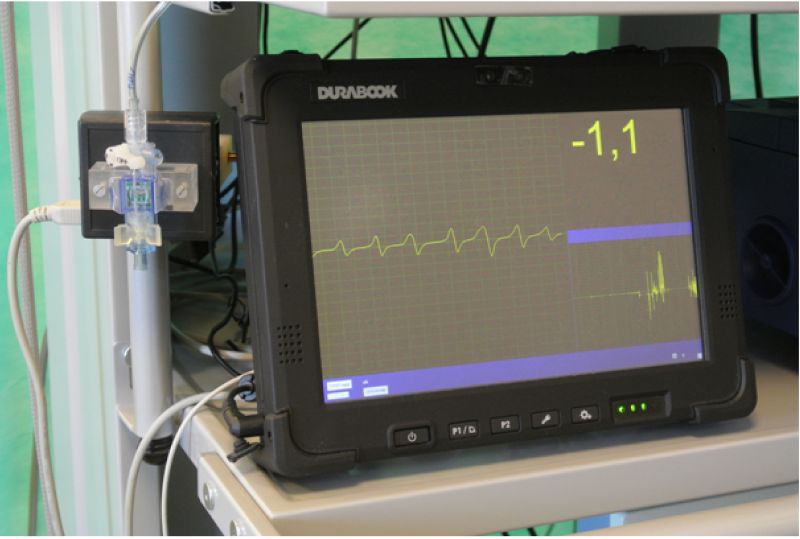
Manometer for instantaneous pleural pressure measurement.
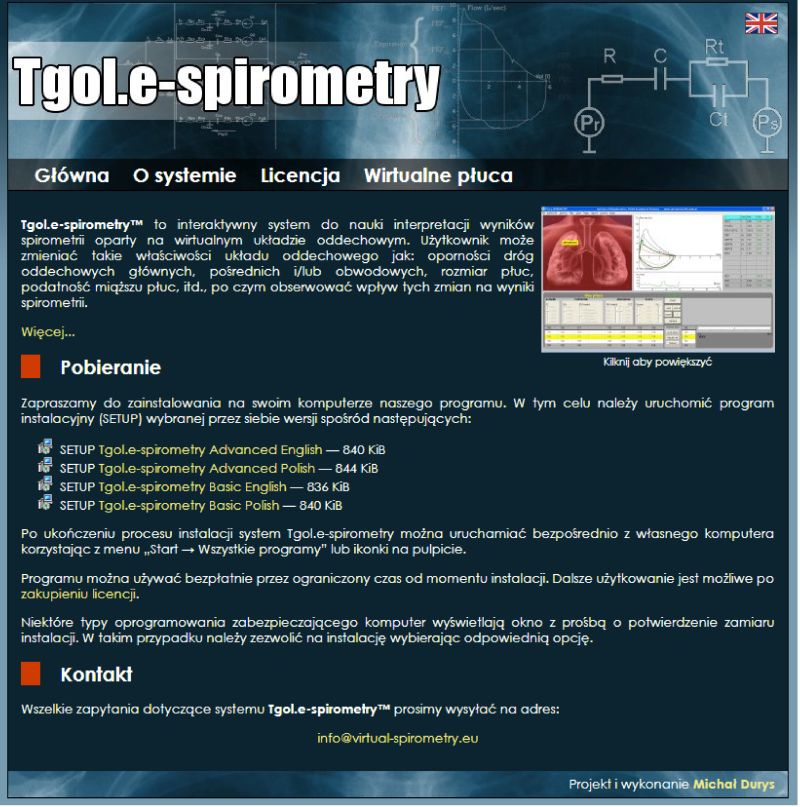
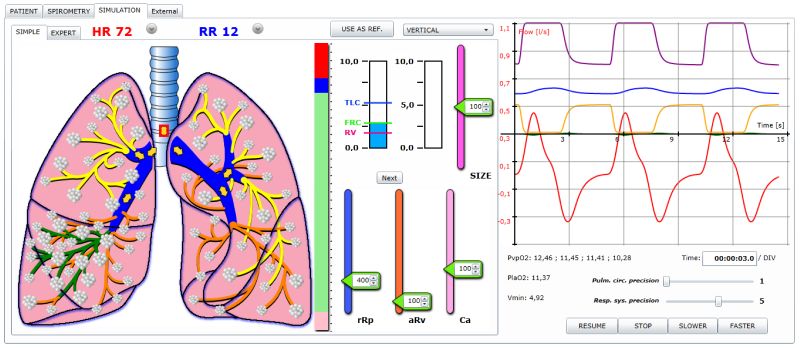
Computer applications with our virtual patients
TGol e-spirometry (http://www.virtual-spirometry.eu/pl/index.html)
and
VirRespir (http://virrespir.ibib.waw.pl/)
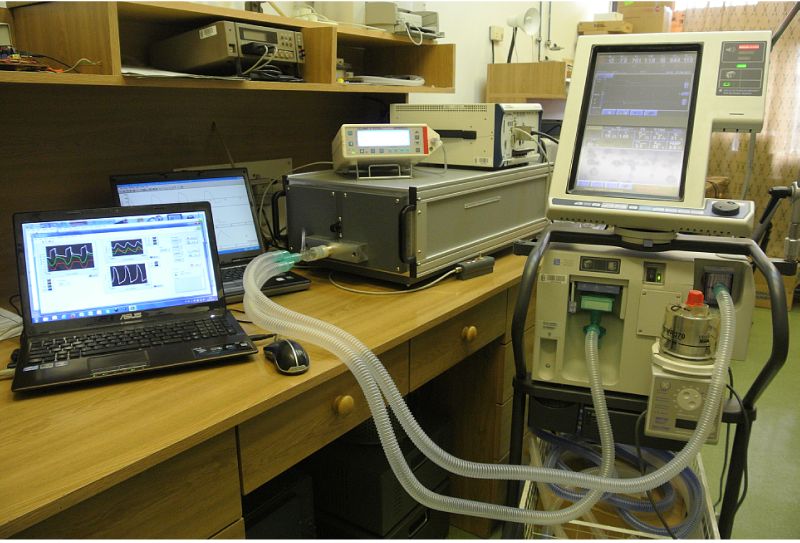
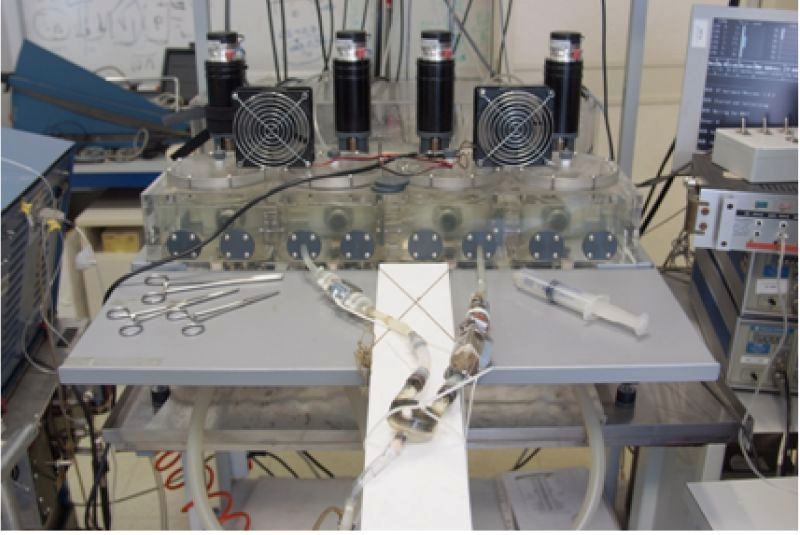
The hybrid (hydraulic-computer) cardiovascular simulator (bottom) and the hybrid (pneumatic-computer) respiratory simulator (top), they together create the hybrid cardio-respiratory simulation platform
Cooperation with medical:
Military Institute of Medicine (Poland)
Warsaw Medical University (Poland)
Institute of Clinical Physiology CNR (Italy)
Cardiac Surgery, Department of Cardiovascular Sciences, University of Leuven (Belgium)
External projects:
A remote controlled Sensorized Artificial heart enabling patients empowerment and new therapy approaches (SensorART), EU project no. 248763, 2010– 2014 yrs.
Ventilation, gas exchange and cardiac function in relation to intrapleural pressure changes in patients undergoing therapeutic thoracentesis, NCN project no. 2012/05/B/NZ5/01343, 2012– 2017 yrs.
Commercialization:
“Development of a blood flow pattern model for ultrasonic measurement systems verification and investigations” for the Institute of Fundamental Technological Research PAN, 2014..
„A device and software to analyze and measure a suction negative pressure caused by infants” for the DOM Foundation – Rodzinnej Rehabilitacji Dzieci z Porażeniem Mózgowym, 2016r.
„A hybrid cardiovascular simulator” – currently in the Cardiac Surgery Department, University of Leuven, 2017.
Selected publications:
- Tzallas AT, Katertsidis NS, Karvounis EC, Tsipouras MG, Rigas G, Goletsis Y, Zieliński K, Fresiello L, Di Molfetta A, Ferrari G, Terrovitis JV, Trivella MG, Fotiadis DI. Modeling and simulation of speed selection on left ventricular assist devices. Comput Biol Med 2014; 51, 128-139.
- Zielinska-Krawczyk M, Michnikowski M, Grabczak EM, Palko KJ, Korczynski P, Golczewski T, Krenke R. Cough during therapeutic thoracentesis: friend or foe? Respirology 2015; 20:166-168.
- Fresiello L, Ferrari G, Di Molfetta A, Zieliński K, Tzallas A, Jacobs S, Darowski M, Kozarski M, Meyns B, Katertsidis NS, Karvounis EC, Tsipouras MG, Trivella MG. A cardiovascular simulator tailored for training and clinical uses. J Biomed Inform 2015; 57, 100-112, doi: 10.1016/j.jbi.2015.07.004.\
- Kozarski M, Suwalski P, Zieliński K, Górczyńska K, Szafron B, Pałko KJ, Smoczyński R, Darowski M. A hybrid (hydro-numerical) circulatory model: investigations of mechanical aortic valves and a numerical valve model. Bulletin of the Polish Academy of Sciences – Technical Sciences 2015; 63(3): 605-612.
- Stankiewicz. B, Zieliński K, Darowski M, Michnikowski M. EtCO2-based biofeedback method of breath regulation increases speech fluency of stuttering people. Archives of Acoustics 2015; 40(4): 469-474.
- Zieliński K, Darowski M, Kozarski M, Ferrari G. The need for hybrid modeling in analysis of cardiovascular and respiratory support. Int J Artif Organs 2016; 39(6): 265–271.
- Di Molfetta A, Filippelli S, Ferrari G, Secinaro A, Zieliński K, and Amodeo A. Berlin Heart EXCOR Ventricular Assist Device: Multilayer Membrane Rupture in a Pediatric Patient. Ann Thorac Surg 2016;102(2): 129-130.
- Ferrari G, Di Molfetta A, Zieliński K, Fresiello L, Górczyńska K, Pałko KJ, Darowski M, Amodeo A, Kozarski M. Conduction of a paediatric pneumatic VAD. A hybrid cardiovascular model study. Artif Organs 2017, 41(12): 1099-1108.
- Stankiewicz B, Rawicz M, Darowski M, Zieliński K, Chwojnowski A, Kozarski M. Use of siliconised infant endotracheal tubes reduces work of breathing under turbulent flow. Biocybern Biomed Eng 2017; 37(1): 59-65.
- Stankiewicz B, Pałko KJ, Darowski M, Zieliński K, Kozarski M. A new infant hybrid respiratory simulator: preliminary evaluation based on clinical data. Med Biol Eng Comput 2017, doi: 10.1007/s11517-017-1635-9.
- Gólczewski T, Stecka A, Michnikowski M, Grabczak EM, Korczyński P, Krenke R. The use of a virtual patient to follow pleural pressure changes associated with therapeutic thoracentesis. Int J Artif Organs 2017; 40(12): 690-695; doi: 10.5301/ijao.5000636.
- Zielińska-Krawczyk M, Grabczak EM, Michnikowski M, Zieliński K, Korczyński P, Stecka AM, Gólczewski T, Krenke R. Patterns of pleural pressure amplitude and respiratory rate changes during therapeutic thoracentesis. BMC Pulmonary Medicine. 2018; 18:36. doi:10.1186/s12890-018-0595-7.
Patents:
- Gólczewski T, Pałko KJ. Method and system for measuring the resistance coefficient and differential compliance of the respiratory system. PL394157 (2011).
- Michnikowski M. Assisting device during a puncture aspiration of pleural fluid. PL396881 (2011).
- Michnikowski M. Method and device for correcting lens defects of the eye accommodation. PL400927 (2012).
- Kozarski M, Darowski M, Zieliński K, Górczyńska K, Pałko KJ. Pressure and flowing hybrid source. PL402062 (2014).
- Kozarski M, Darowski M, Zieliński K, Górczyńska K, Pałko KJ. Method and system for assisting the heart work. PL397427 (2014).
- Kozarski M, Darowski M, Zieliński K, Górczyńska K, Pałko KJ. Circulatory system simulator. PL397781 (2014).
- Kozarski M, Darowski M, Zieliński K, Pałko KJ, Górczyńska K. Hybrid system for testing rotating pumps. PL397406 (2015).
- Pałko T, Kozarski M, Darowski M, Szczepanowski A, Łukasik W, Zieliński K, Pałko KJ. Device for non-invasive counterpulsation. PL389417 (2015).
- Kozarski M, Darowski M, Zieliński K. Intubation pressure sensor. PL397780 (2015).
- Kozarski M, Darowski M, Pałko KJ, Zieliński K. Two-plunger volumeter. PL402064 (2016).
- Kozarski M, Darowski M, Pałko KJ, Zieliński K. Inductance sensor. PL402061 (2016).
- Kozarski M, Darowski M, Pałko KJ, Zieliński K. Dosing and measuring respiratory gas mixer. PL402060 (2016).
- Kozarski M, Darowski M, Pałko KJ, Zieliński K. Method and device for for supporting a patient's breath. PL 402063 (2017).
- Kozarski M, Darowski M, Zieliński K. Method and apparatus for supporting a patient's breath. PL409763 (2017).
MENU
- News
- About the Institute
- Mission & Authorities
- HR Excellence
- Doctoral Schools
- Doctoral Studies
- Academic degrees
- Scientific activity
- Institute offers
- ICB
- Publishing
- Library
- Conference Centre
- Useful Links
- Public procurement
- Employees
- Gallery
- For Media
- Contact
- Privacy policy
Nałęcz Institute of Biocybernetics and Biomedical Engineering PAS, Ks. Trojdena 4 st., 02-109 Warsaw, POLAND
E-mail:This email address is being protected from spambots. You need JavaScript enabled to view it.; Phone: (+48) 22 592 59 00;
Copyright(c) 2016 IBBE PAS
All rights reserved
In order to provide you with the best online experience this website uses cookies. Delete cookies
In order to provide you with the best online experience this website uses cookies.
By using our website, you agree to our use of cookies. Learn more
Useful Links
Privacy policy
Ministry of Science and Higher Education
Polish Science Database (Nauka Polska)
Department of Patents - website in Polish
Sholarship granting institutions
The National Centre for Research and Development
The Polish National Agency for Academic Exchange
European Union Funding
Publication databases
ISI Web of Knowledge Journal Citation Report
BazTech - website in Polish
ICM - Virtual Library of Science - website in Polish
Other
Datasets

